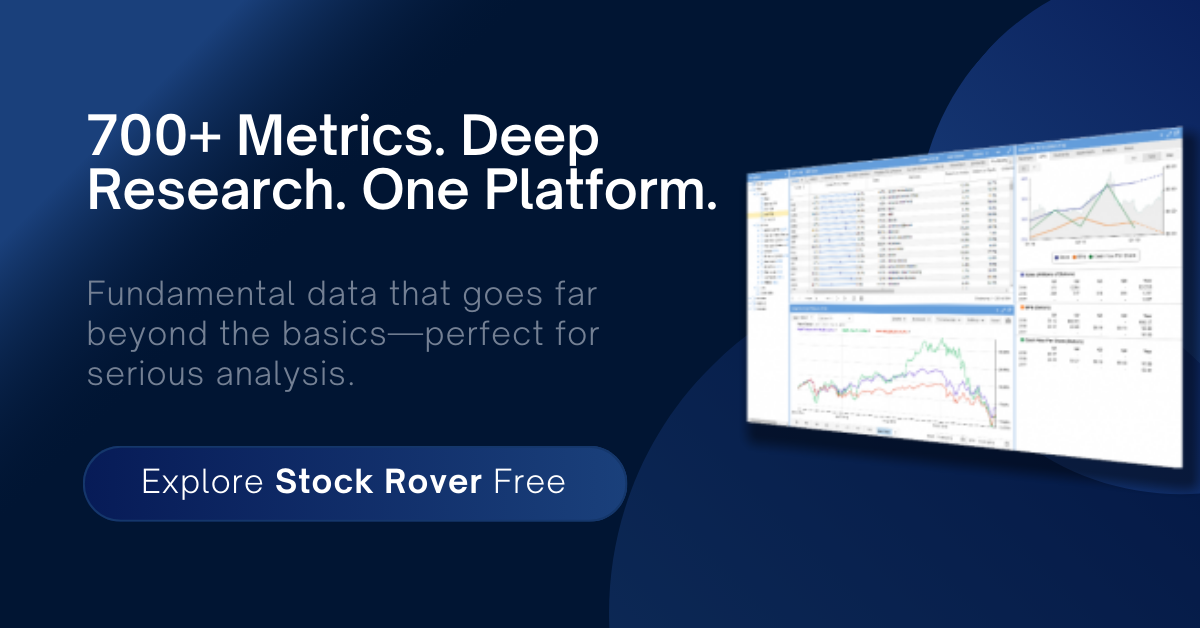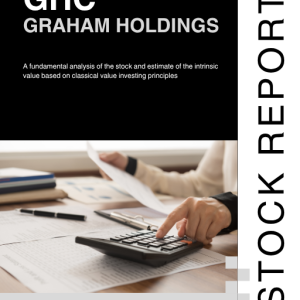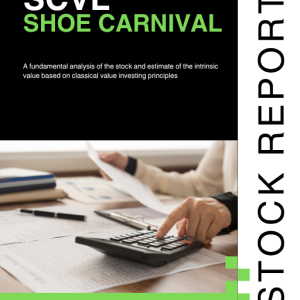
You don’t need another article telling you to look for low P/E ratios and high book value. That’s table stakes — and in today’s market, it’s not enough. Most value investing strategies are stuck in a world that no longer exists. They worked when markets were slower, less efficient, and not driven by momentum algos and passive flows. But as an investor managing real money in 2025, you can’t afford to rely on outdated formulas or generic advice.
You need a strategy that compounds. One that adjusts with market cycles. One that doesn’t rely on hope, or the assumption that a cheap stock will automatically mean-revert. Let’s walk through what separates the real compounding strategies from the noise — and why most so-called value strategies quietly bleed capital while sounding smart on paper.
Stop Worshipping Ratios: Intrinsic Value Comes First
Many investors still cling to P/E, P/B, and EV/EBITDA screens as if they’re gospel. But cheapness without quality is just a shortcut to portfolio pain. You might feel good buying a “value stock,” but unless you’ve built a real estimate of what the business is worth and why, you’re just guessing with a calculator.
Instead of backward-looking metrics, focus on forward-looking cash flows, owner earnings, and the durability of the business model. Build out intrinsic value from the ground up. That means starting with actual financials, adjusting for reality, and giving yourself a wide enough margin of safety.
So how do you ensure that a stock is truly undervalued — not just optically cheap?
Why Small-Cap Value Stocks Deserve Your Full Attention
If you want your value investing strategy to outperform, look where others aren’t looking. Small-cap value stocks are where the inefficiencies live. These companies fly under the radar for a reason:
- Wall Street analysts don’t bother with them. There’s little upside in covering businesses that won’t drive lucrative investment banking fees.
- Institutional funds can’t own enough shares to make a dent in their returns, so they ignore them.
- Low trading volumes scare off fast money, creating mispricings that last longer than they should.
This lack of coverage and interest means that these stocks can trade wildly out of sync with their fundamentals. That’s your opportunity. When you do the work and identify a quality small-cap trading far below its intrinsic value, you’re often one of the only investors in the room who sees it.
This is why my strategy focuses so heavily on this space. The less efficient the market, the more critical disciplined value investing becomes.
Use Margin of Safety as a Shield, Not a Crutch
Margin of safety gets tossed around like a motivational quote. But in practice, it’s your last line of defense. You only need it when your analysis is wrong — and it will be wrong sometimes.
This isn’t just about setting a 25% discount to fair value. It’s about ensuring that your estimate of fair value is grounded in conservative assumptions. That way, even when you’re early or wrong, you don’t get destroyed.
Once you’ve built a margin of safety into your valuations, the next step is knowing what kind of value you’re actually buying.
Separate Value from Catalyst-Free Dead Money
Buying something below intrinsic value is only half the game. Without a clear catalyst or pathway to unlocking that value, you risk sitting in a name for years — or worse, watching it get cheaper for a reason you failed to see.
You need to separate:
- Value with catalysts: turnaround plans, buybacks, M&A, operational improvements
- Value with quality: pricing power, durable moats, recurring cash flow
- Value with dead ends: businesses in secular decline with no reinvention path
Most screens don’t tell you this. You have to do the work.
Now that you’ve found high-quality mispriced assets with catalysts, the question becomes — how much do you buy?
Position Sizing and the Growth-Optimal Portfolio
Most strategies fail not because of bad picks, but because of poor allocation. Your best ideas should matter more. But too many portfolios are equally weighted or based on gut feelings.
This is where intelligent sizing changes the game. I use expected returns, volatility, and correlations between positions to optimize for growth. The Kelly Criterion helps me size positions not just for returns, but to reduce the risk of ruin.
That means:
- High conviction + low correlation = bigger weight
- High potential + high risk = small but meaningful weight
- Low return + high correlation = no place in the portfolio
Even the best strategy needs to handle the psychological reality of investing in real time.
Build a Strategy That Survives the Short-Term to Win the Long-Term
The real world of value investing isn’t academic. Prices drop before they rise. You’ll face drawdowns, market narratives, and media fear cycles. Your strategy needs to be robust enough to withstand it all — without you second-guessing your process every time the market hiccups.
I do this by:
- Keeping positions low-correlation so the portfolio doesn’t move in lockstep
- Rebalancing when price action diverges too far from expected returns
- Selling when my thesis breaks, not just because a stock is down
That brings us to the final, often overlooked ingredient.
Let the Portfolio Compound Like a Business
You’re not just collecting stocks. You’re building an engine. The best strategies treat the portfolio like a living, breathing business. That means reinvesting cash flow intelligently, pruning the weak links, and letting the winners expand — not because of emotion, but because the math tells you to.
I treat my portfolio like a business with multiple divisions:
- Each stock is a unit of capital working to produce future cash flows
- Underperforming units get cut
- Overperformers with rising intrinsic value get scaled up. This is automatic with my portfolio allocation process based on Kelly Fractions.
This way, your strategy doesn’t just work on paper — it runs itself, and improves over time.
Build a Strategy Worth Holding Through Hell
The value investing strategies that work in 2025 don’t chase fads. They aren’t marketed on CNBC or TikTok. They work quietly. They take discipline. And they demand you treat your capital like it matters — because it does.
If you’re serious about building real wealth, then your strategy needs to be rooted in process, probability, and patience. That’s what I share with my subscribers. And if you’re ready to stop chasing and start compounding, the next step is simple.
👉 Subscribe to The Astute Investor’s Calculus and get access to my real portfolio strategies, position sizes, and stock reports. These are the same strategies that have outperformed by staying focused on what works — not what’s trendy.
Featured products

Shailesh Kumar, MBA is the founder of Astute Investor’s Calculus, where he shares high-conviction small-cap value ideas, stock reports, and investing strategies.
His work has been featured in the New York Times and profiled on Wikipedia. He previously ran Value Stock Guide, one of the earliest value investing platforms online.
Subscribe to the Inner Circle to access premium stock reports and strategy insights.
Featured in:











